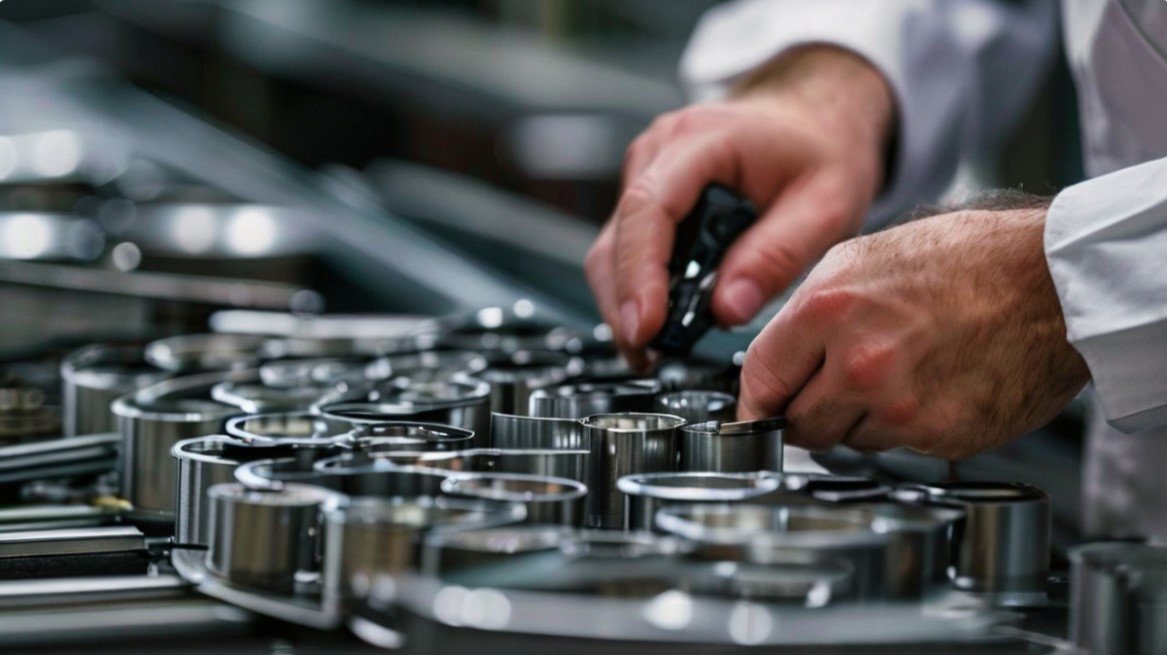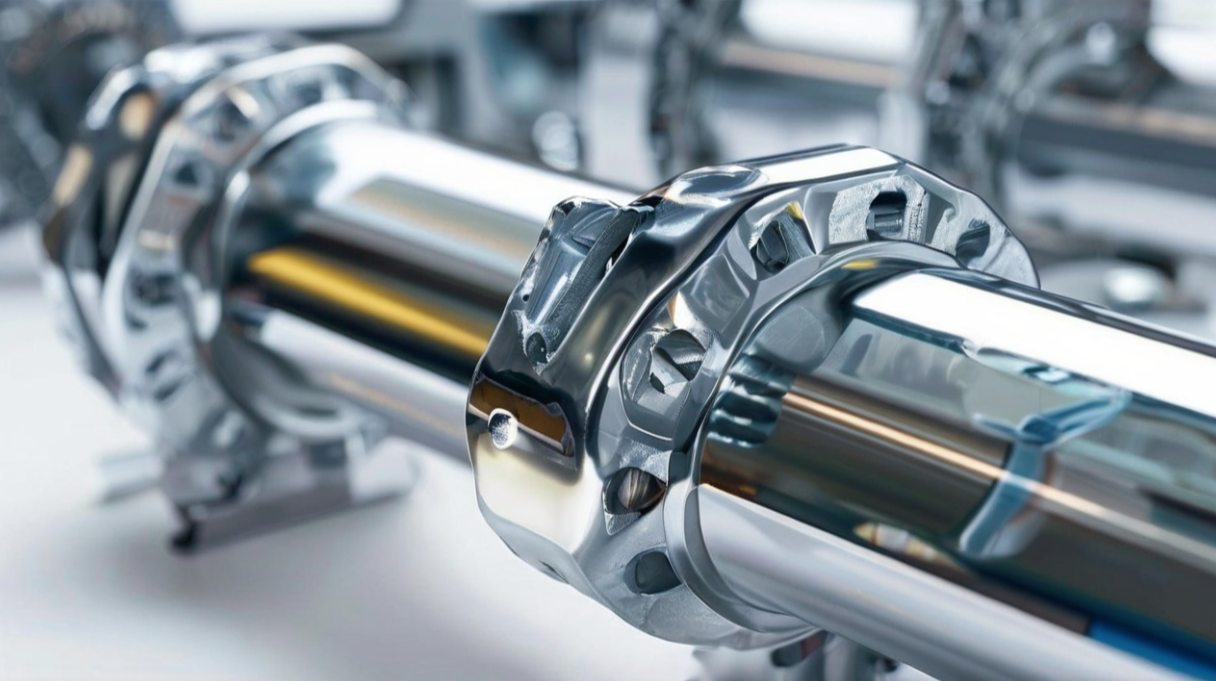Experts Overemphasized Plating Troubleshooting Guides
Creating suspense is the best way to improve customer dissatisfaction. Unpredictability is a no lesser means towards employee dissatisfaction. Dependence on a plating troubleshooting guide helps these two effects.
Why this topic?
Many Advint’s short paper readers know I consistently write on various electroplating topics for the last several months. I am also meticulously writing a course book covering all subjects related to plating. While working on these I noticed many books and articles written by consultants and experts in the past concentrated more than required on the troubleshooting guide. My mind questioned the need. And, I was musing rather shouldn’t the emphasis be on the preventative measures and good operating practices! Hence this article.
The aim is to change the direction and stress the importance of development concepts. If I do not convince you, build a large, complex, and automated plating line (plating on plastics or on Ti alloys) and come back to this thought!
Troubleshooting guides are a treasure:
The author does not aim to belittle the value of a troubleshooting guide. The focus is only on conditions where there was more implicit importance on the troubleshooting guide and less on the use of development and control tools. This is analogous to leaving the head and chasing the tail. The author had used guides (long back, not any more) and cherished the experts (and plating consultants) who wrote them. Those are valuable and must be handy, but we must use as a last option. The focus on development and control will ensure you forget the art of troubleshooting (which is a good thing). Sounds good. But how?
Process Development Control (PDC) Tools:
Advint recommends using the set of 6 Process Development Control (PDC) tools in sequence and in a cycle.
The tools are:
1) Failure Mode and Effects Analysis (FMEA)
2) Process Checklist
3) Variable Control Charts
4) Measures of Dispersion Variation
5) Pareto Chart
6) Cause and Effect Analysis
The listed tools are part of 7 quality control (QC) tools or statistical process control (SPC) tools. Most 7 QC or SPC tools are neither control nor statistical tools. Both terms are misnomers. A few is development and verification tools.

FMEA:
Quality specialists recommend starting a new unit / product or a line with a design FMEA and after a year or two conduct a process FMEA. When a process is in production mode, we recommend implementing process FMEA once a year or once in two years. No less or no more! Conducting proper FMEA’s are valuable, however it is an intense process. On processes such as automotive plastic chrome plating, FMEA is indispensable.
Process Checklist:
The purpose of the checklist is not to provide a path-breaking solution or to prevent a major potential production issues, but a few simple and frequent checks will subtly help mitigate oversights. We recommend revising the checklist once in six months or a year. The revision must include deleting redundant checks and including necessary inspections based on the feedback received from other tools and production effectiveness.
Variable Control Charts:
When you require a variable to meet only specification limit, we recommend using a run chart, and when you require a variable to meet specification and control limits, use an X-Bar R chart. One must be careful to give more emphasis on control limits when using X-Bar R charts. These charts are only effective when it set up per Dr. Shewhart’s direction and with a control and reaction plan.
Measures of Dispersion Variation:
Examples of measures of dispersion and variation are sample and population standard deviations, range, and process sigma or standard normal distribution. Sustained observations and effective reactions to these measures are influential. We can do most of these measurements on input variables such as analyses data.
Pareto Chart:
Use Pareto’s the 80/20 concept and Juran’s “the vital few and the trivial many” thinking to your benefit on plating or conversion coating applications. Periodically, we recommend isolating top 1 or 2 defect variables and conducting a cause-and-effect analysis. Review period can be monthly or quarterly based on production or quality standards. Refer to our previous post for additional information on Pareto chart.
Cause and Effect Analysis:
You can run fishbone or 5 Why’s analysis on Pareto classifications in the same frequency. Other than Pareto classifications, we also recommend running 5 Why’s on other deviations promptly. Here, promptly means = 2 business days. The examples of deviations include quality, customer service, environment, safety, breakdown maintenances (electrical, mechanical, and chemical), etc. You must subject any deviations which you do not feel right to the cause-and-effect analysis.
There are other beneficial quantitative techniques and total quality management tools, including 7 quality control (QC) tools available, which we did not mention in this paper. On plating, anodizing, and conversion coatings applications we recommend applicators to use the six PDC tools implemented in sequence and continuously cycle for the best results.
Use of some of these tools are not as simple as it appears, as there are tricks and there are several variables intricately involved. Advint is with you on your quality quest.
Refer to other short papers on this site or contact adviser@theadvint.com for questions or further insights.
End Point:
Employee satisfaction is a prerequisite for customer satisfaction. Eliminating suspense and confirming the processes are predictable using 6 PDC tools will increase satisfaction. Always keep the plating troubleshooting guide handy, but dependence or frequent use is detrimental. Prevention is better than disposition. Good operating practices and focus on the development efforts can ensure you forget the art of troubleshooting. So influential are these tools.
Learn More

Posted By:Venkat Raja
Sep 01, 2019
Tags:






